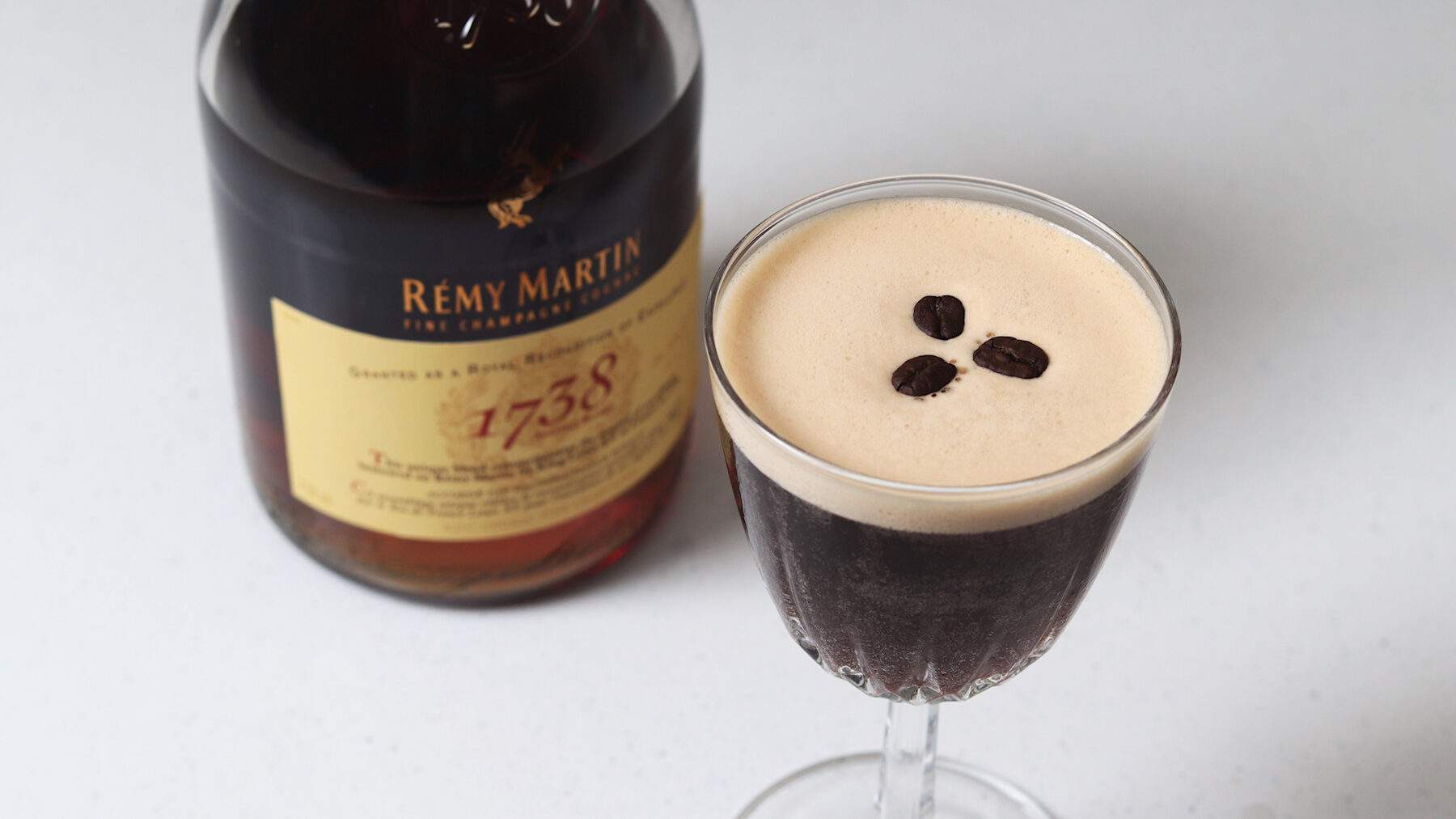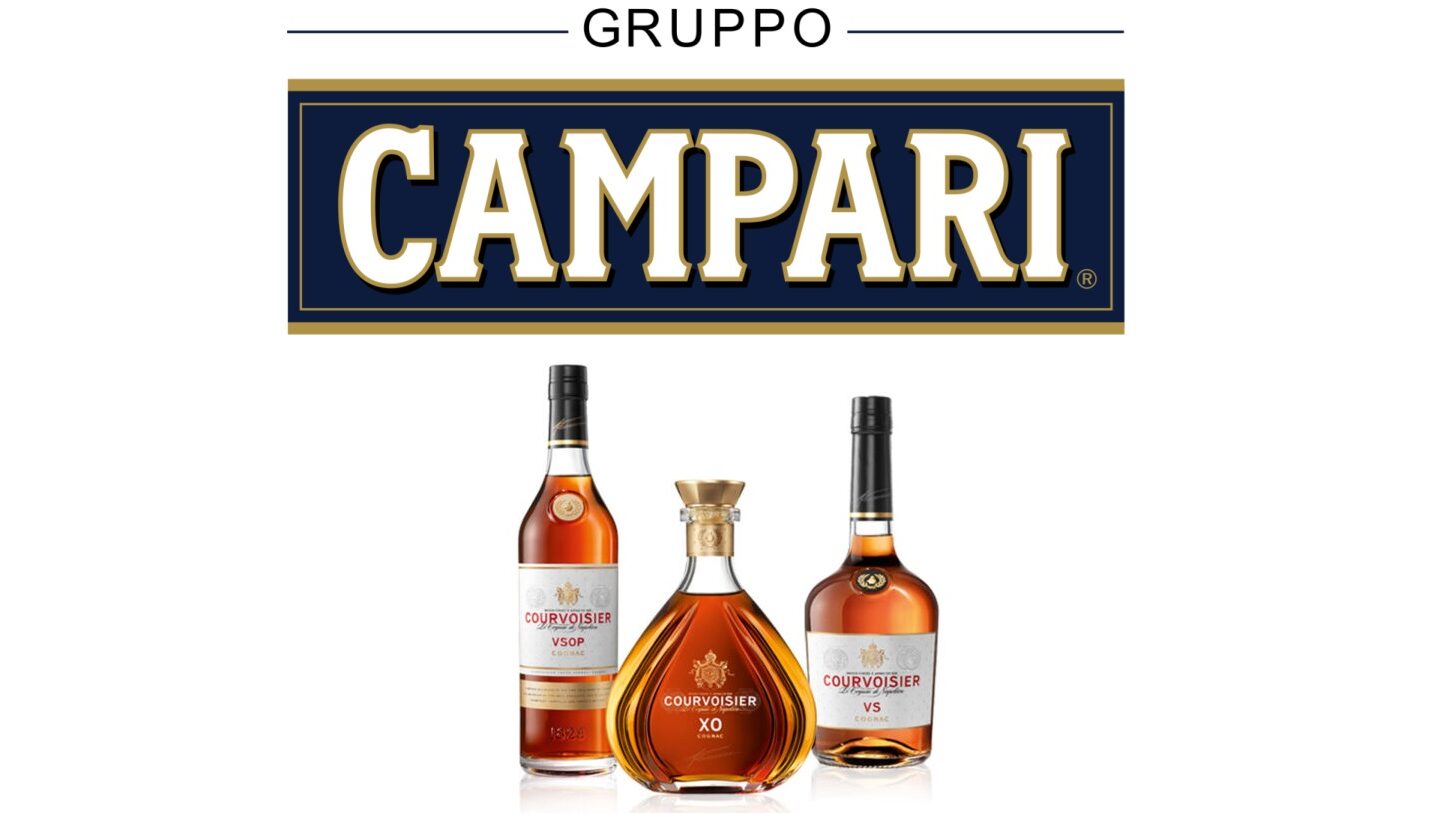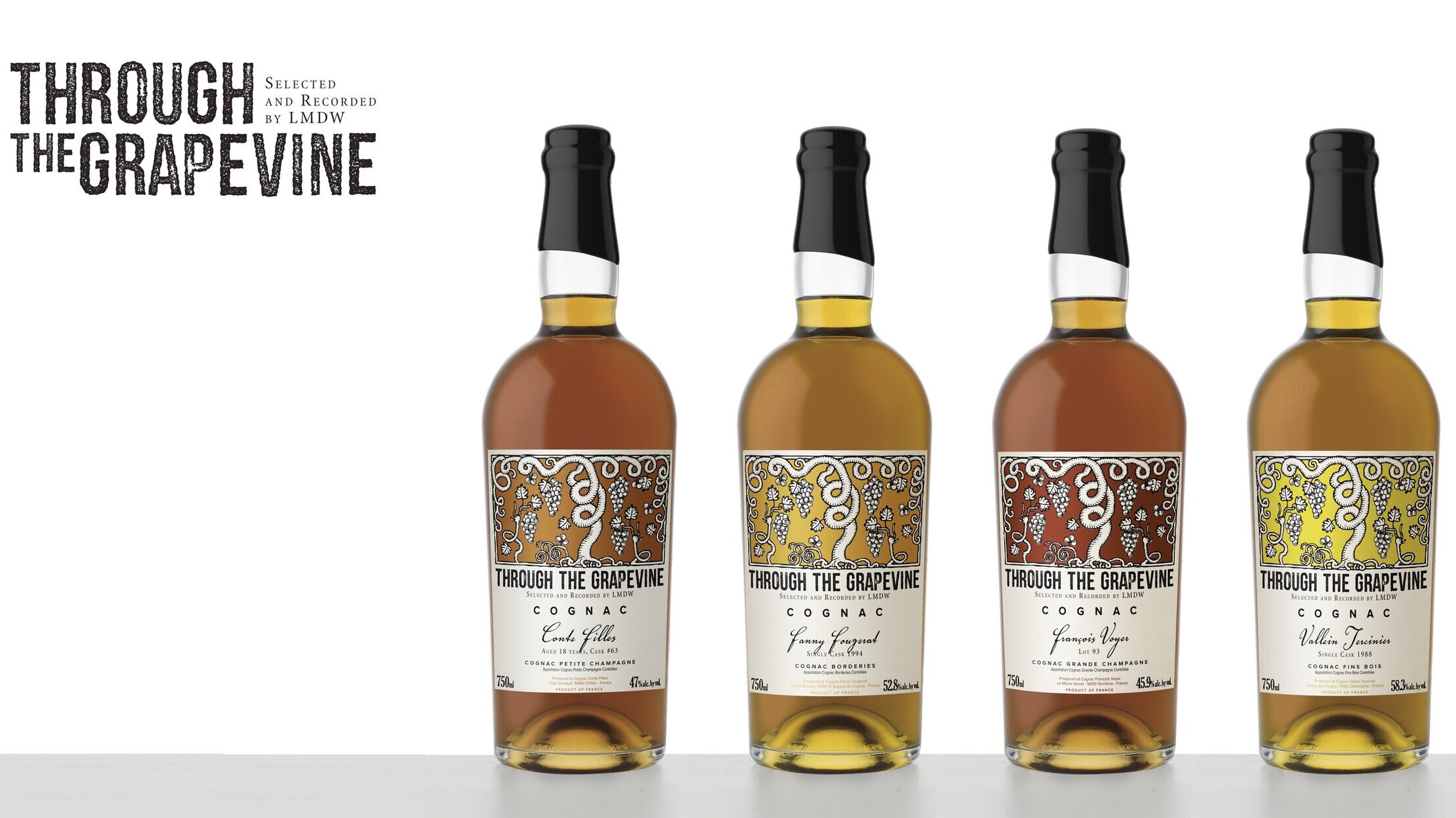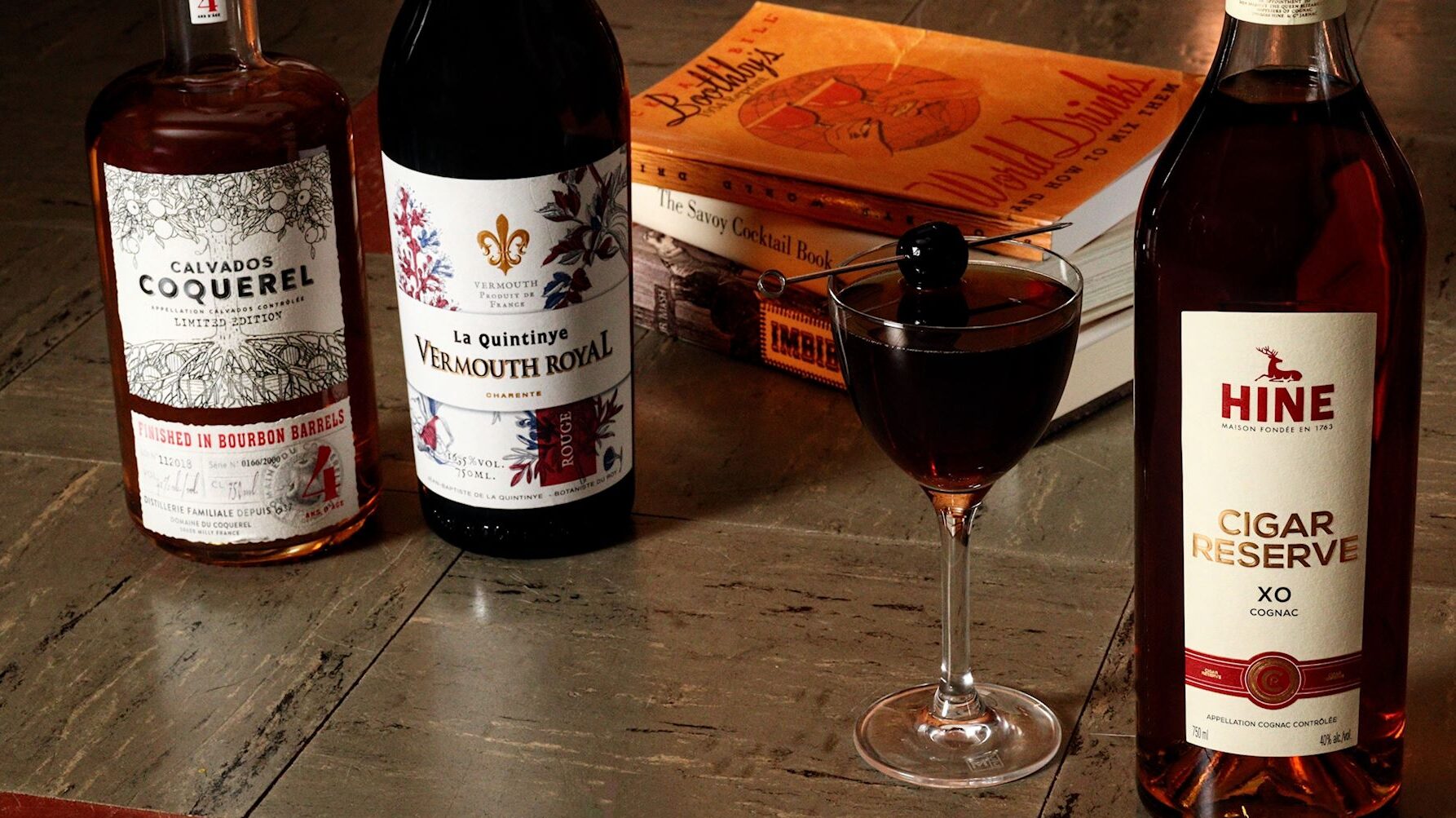Cocktail trends come and go as do the popularity of certain cocktails themselves. Once the allure fades, they usually circle back around again. Sometimes only after a few years, sometimes it takes decades. Pop culture plays a huge role in this. James Bond brought back the Vesper. Carrie Bradshaw made the Cosmopolitan cool again. Big Lebowski had the White Russian and Don Draper loved that Old Fashioned. But a cocktail that has popped up once again recently, and in full unstoppable force for no reason whatsoever, is the Espresso Martini.
Starting about two years ago, everyone was talking about the Espresso Martini. Brands were jumping on board hard with social media promoting it and it started to show up in major publications. A drink that after bartending for nearly 10 years I could count the times I made it on one hand, but then in a one-year period I made literally 100’s of them. While we don’t know why this suddenly came back in fashion, we do know one thing for sure. It’s here. And it doesn’t seem to be going anywhere soon.
The Espresso Martini is a combination of coffee liqueur, fresh espresso, and vodka. Whoa! Hold on. Vodka? Why are we talking about this on a cognac blog? Well, because like with many cocktails, variations exist. Things can be improved upon or changed for different palates. Up until this point, Cognac Reverie has only featured classic cocktails that originally had cognac as the base spirit. As one could imagine, I strongly feel that this cocktail tastes better with cognac rather than vodka. This isn’t something I actively try to pursue, just swapping cognac in for other spirits and saying, “This is better!!” That would be both silly and egotistical. However, I think the Espresso Martini is a great candidate for exploration. Your die-hard Espresso Martini drinker will most likely not enjoy this. And that’s okay. But if you’re here reading this, I bet you’d be willing to give this a go.
A Brief Look Back
The history of the Espresso Martini is brief as it’s relatively new in the world of cocktails. It was created by bartender Dick Bradsell in London during the 1980’s. It’s unclear where he was working when the final product was locked in, but he is widely (and unchallenged) agreed upon as the creator. The story as to its creation, according to the man himself, is pretty straight forward, but also missing some pieces.
One day, Bradsell is bartending and a very famous model/actress comes into his bar. She sits down and asks for “something that will wake me up, then f**k me up.” In an instant, he puts together an Espresso Martini for the guest. He’s been working on fine tuning it for a bit, but feels it’s ready to showcase. The mystery guest enjoys her drink and the cocktail is born. Word got around quickly and the Espresso Martini became an iconic drink of the 1990’s in all the fashionable circles. The who’s who of everyone was drinking them.
But Who Was She?
What about that mystery guest? Some say it was Naomi Campbell. Some swear it was Kate Moss. Well, they’re both wrong. Both of those women were in their early years of life at this time. We’re talking under 10 years old for Kate Moss and maybe early to mid-teens for Naomi Campbell. Let’s safely rule them out. What we can say, though, is that Bradsell’s ethos was what happens in the bar, stays in the bar. He doesn’t disclose who his guests are or what they said/what happened. It’s an old school mind set that I can fully appreciate. Discretion is key to keep your guests coming back. Who was the actual identity of the woman? That, I’m afraid, is lost in time.
A Modern Approach
Today, the Espresso Martini continues to spread around the world. It’s said to be the most popular drink in Australia. And in 2017, London hosted a five-day festival revolving around this cocktail. There are even canned Espresso Martinis that you can buy in some areas of Europe.
As mentioned before, the Espresso Martini has had a revival as of late. I’d love to take credit for swapping the vodka out in this drink and using cognac, but that has to go to Rémy Martin. In 2021, thay had a brief marketing campaign to use their 1738 expression in an Espresso Martini. They even sold little cocktail kits so you could order them and make it at home. After seeing that, I thought, “Yeah, that totally makes sense.”
The recipe below is my personal specifications for how I prefer an Espresso Martini subbed with cognac.
• • • • •
Cognac
Since coffee is such a strong flavor, let’s not get crazy with the cognac. While it doesn’t get lost in the drink, coffee definitely is more aggressive in flavor than cognac. Going with a highly nuanced bottle would most likely be wasted here. So, let’s keep it simple and choose a quality VS or VSOP to use. Something fruity or with a lot of barrel spice would pair nicely with coffee. On the fruity side, options such as Park Carte Blanche, ABK6 VS, or Hennessy VS are solid. They rely heavily on grapes from Fins Bois, so that gives us tons of fruit and flower blossoms. On the flip side, for spice you could choose something like Frapin VSOP, Camus VSOP, or Rémy Martin 1738. I chose the Rémy since I wanted a little barrel spice kick in my cocktail. And of course, because they influenced me to work on this drink. Give credit where credit is due, right?
Espresso/Coffee Element
Yes, an Espresso Martini was originally created with espresso. That’s obvious. However, I don’t have an espresso machine at home. I’m guessing most of us don’t. And I know for sure many of us bartenders don’t have access to one at work. That said, I like to use cold brew in leu of espresso. It’s easier to pour and you don’t need to worry about pulling shots during service. Most importantly, however, it’s cold and not hot. When you have a shot of hot espresso poured into your cocktail shaker, it rapidly melts the ice and could over dilute your cocktail. We don’t want that. A robust and flavorful cold brew will work flawlessly in this recipe. Plus, if you shake it hard enough, you’ll get that foamy head just like if we were using fresh espresso.
Coffee Liqueur
You can throw a stick and hit a coffee liqueur. Everyone has one. Some (i.e. myself) may argue there are too many of these liqueurs on the market. So, how do you choose the right one in this instance? It’s my opinion that you should grab one that is made with actual espresso. This will help get the foam we’re looking for in the final presentation. There are several to choose from, but my two favorites are Borghetti and Grind. If I don’t have one, I’ll have the other. For the purposes of making this cocktail today, I’m using Grind.
Sweetener
Upon its creation, it’s noted that this cocktail got a few dashes of sugar syrup. I’m not sure how much good a few dashes would do nor do I know how one might “dash” a syrup considering their viscosity. Regardless, I enjoy using just a little bit of a 2:1 demerara syrup in my Espresso Martini. The amount will vary depending on which coffee liqueur you use. Keep that in mind! Some of the liqueurs are sweeter than others and need more or less sugar. If you don’t have much of a sweet tooth, you can certainly remove this ingredient altogether. Mostly this is here to give body and roundness to our cocktail.
Bitters
The original recipe does not include bitters. I’m opting to use them here to add more depth to this drink. The baking spice flavors in Angostura goes quite well with espresso. Feel free to omit the bitters if you’d like, but they definitely enhance this drink. Play around with different bitters, too. Who knows what else might work well?
Garnish
I like to see three espresso beans floating on top of this cocktail. Much like the traditional serving of Sambuca in Italy, the three beans stand for health, wealth, and happiness. Beyond that fun little one liner, I believe that by having the beans on top it’s visually appealing in color contrast to the whitish foam it sits on. It shows that the bartender is shaking the cocktail appropriately to get that foam and also giving an extra effort, going out of their way to make a beautiful drink.
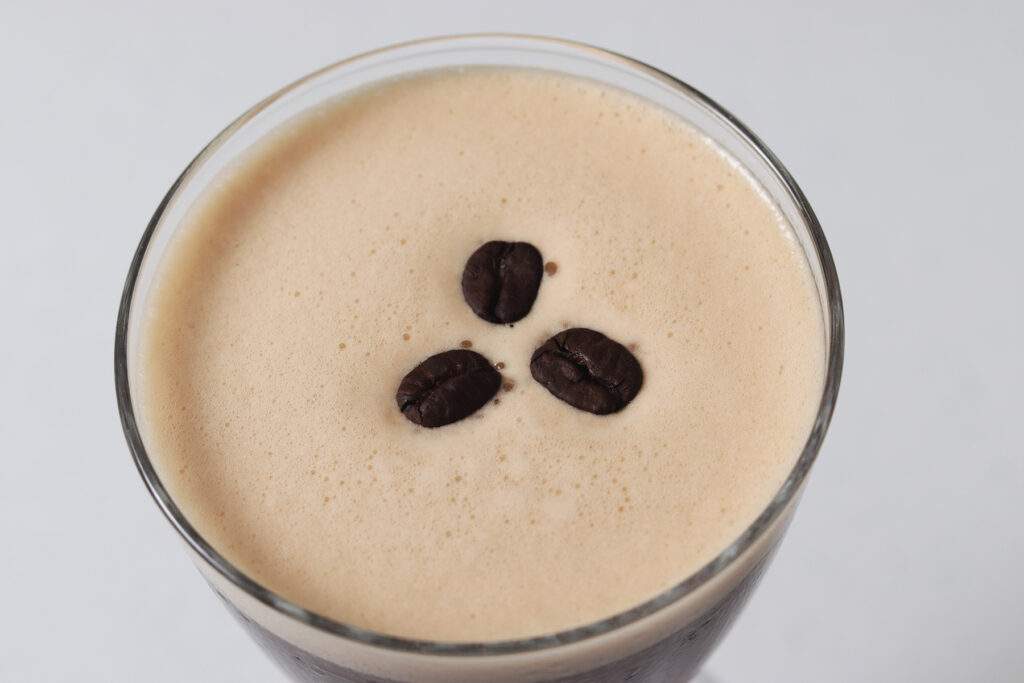
The Recipe
1.5 oz VS or VSOP cognac
1 oz cold brew
.5 oz coffee liqueur
1 bar spoon demerara syrup (2:1)
4 dashes Angostura bitters
Add all ingredients to a cocktail tin and shake hard with ice until diluted. Separate the tins and strain the cocktail back into the smaller one, discarding the used ice. Shake once more with no ice (dry shake) for 5-10 seconds. Pour the cocktail directly into a coupe glass. Let the cocktail rest for a minute (you’ll see the color darken and the foam form) then garnish with three espresso beans.
A NOTE ON TECHNIQUE
The method I’m using here is called a “reverse dry shake.” Shaking with the ice first will chill and dilute the cocktail. Removing the ice after the initial shake and doing it again without any at all helps to emulsify the oils and proteins in the cold brew to get us that crazy foamy head.
If you’re using real espresso, you can omit this technique and just shake it like you normally would. However, you’ll want to fine strain your cocktail into the glass with a mesh conical strainer. This extra aeration will get the foam you’re looking for and remove any ice shards.

